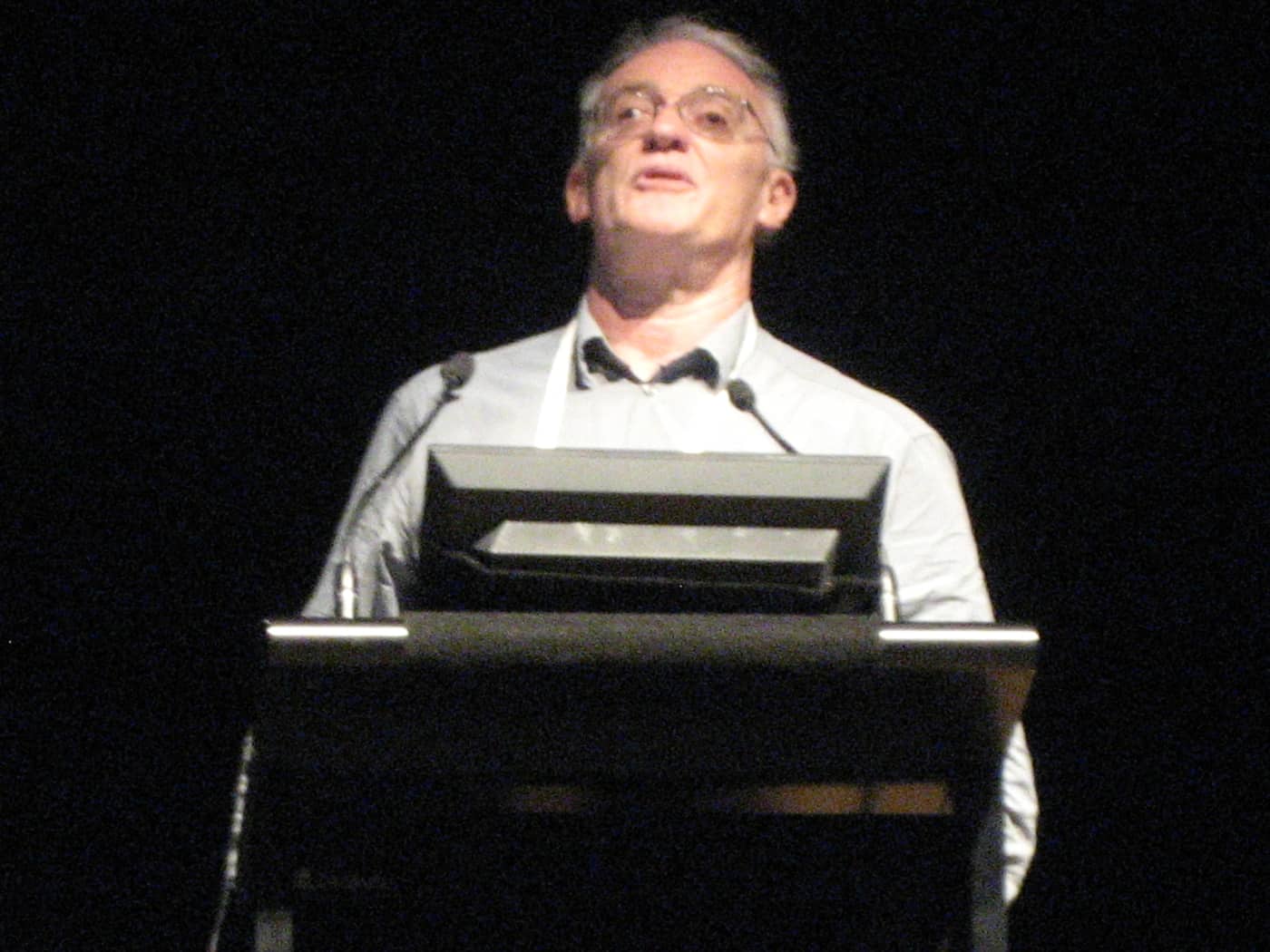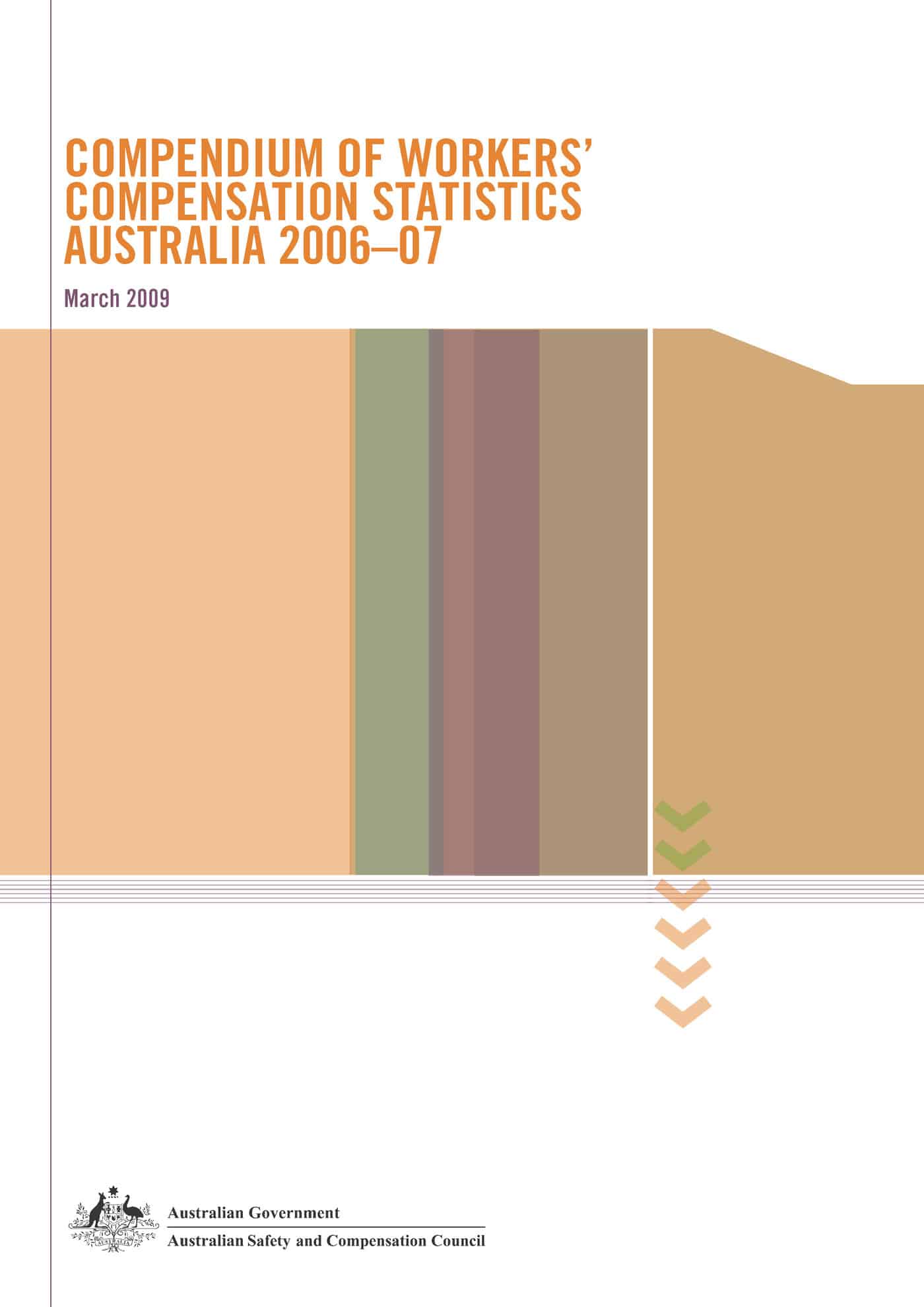A leading Australian OHS lawyer, Michael Tooma, spoke to ABC Radio on 16 April 2009.
Tooma spoke about the potential risks employers face by dealing with a substance whose hazard rating is unclear. HE says
“Employers at the moment may be unaware of the extent of the potential liability sometime down the track. …We could be facing another epidemic in our industrial history of people, large groups of people, displaying latent symptoms from current exposures that are taking place at the moment. “
The unions have repeatedly made the comparison with asbestos hazards but as Dr Craig Cormick of the Australian Office of Nanotechnology says, in the same interview, that in the early usage of asbestos evidence of potential harm was available but not shared.
An April 2007 legal update from Tooma on the issue is available


